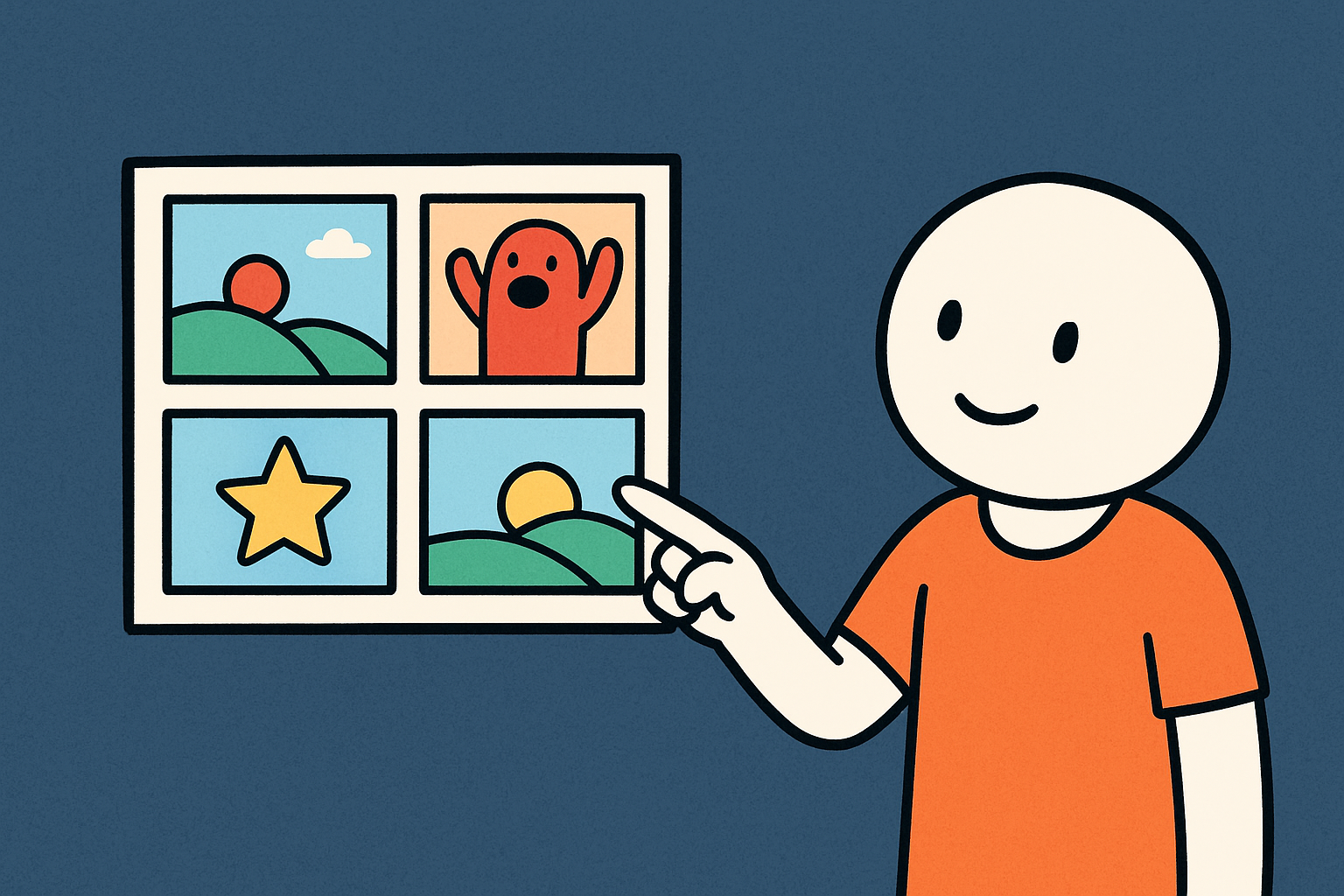. Inside the Creative Process of Professional Animation

Animation may look magical on screen, but behind every smooth movement and emotional scene lies a long and detailed creative process. Professional animation is a combination of imagination, teamwork, technology, and storytelling. Animators spend months shaping characters, building worlds, and refining actions frame by frame until everything feels alive. This blog takes you inside the creative journey of professional animation and shows how an idea transforms into a finished animated masterpiece.
Where It All Begins: The Core Idea
Every animation starts with a simple idea. It might come from a story, a character sketch, a dream, or even a real-life moment. Professional studios spend time exploring whether the idea has emotional depth and storytelling potential. The early stage is filled with brainstorming, rough notes, and conversations about what the animation should feel like. The goal is to find a strong core message because every movement, every scene, and every character will support that message.
Writing the Story and Building the World
Once the idea is clear, writers and directors develop the storyline. They create the characters, set the environment, and map out the flow of the narrative. This stage shapes the heart of the animation. Writers focus on creating emotional moments, conflicts, and character development. Meanwhile, world-building artists imagine the places where the story will happen. They think about colors, atmosphere, and the emotional tone of each scene. Everything begins to take shape, like building the foundation of a house.
Storyboarding The First Visual Blueprint
After the script is ready, the storyboarding process begins. Storyboard artists sketch scenes panel by panel, similar to a comic strip. These rough drawings show camera angles, character poses, and transitions. They help the team visualize how the story will look and feel before animation even starts. Storyboards guide the entire production, ensuring the pacing and emotion match the original vision.
Character Design: Giving Life a Shape
Characters are the soul of animation, and designing them is a deeply creative task. Designers create the physical look, personality, and emotional expressions of each character. They experiment with different shapes, styles, and color combinations until the character feels alive. This is where the animation truly starts gaining personality. A simple line or small shape can change how the audience connects with the character. Designers make sure every detail supports the story and emotion.
Searching for the best Animation Course in Delhi? Join TGC India.
Environment and Visual Style: Crafting the World
Professional animation is more than characters and movement. It is the world that surrounds them. Background artists and environment designers create breathtaking environments that enhance the story. They focus on lighting, textures, perspective, and color harmony. The visual style of the animation also takes shape here. Whether the look is realistic, stylized, minimalistic, or whimsical, the style must match the story’s mood. A well-designed world pulls viewers deeper into the animation.
Animation: The Real Magic Begins
Once everything is designed, the animation process begins. This is where motion artists and animators step in to bring characters to life. They study real movement, emotions, and timing. Animators break down actions into small parts so every movement feels natural. Facial expressions, eye movements, and tiny gestures become essential. In professional studios, dozens or even hundreds of animators work together, each handling different scenes. The goal is to create movement that feels believable, expressive, and emotionally powerful.
Looking for an Animation Course in Dehradun? Enroll now at TGC Dehradun.
Voice Acting: Adding Heart to the Characters
Voice acting is another important stage in animation. Talented voice artists give characters their personality and emotional depth. Their tone, energy, and delivery shape how the audience connects with the story. Animators often adjust facial expressions and mouth movements to match the voice performance. It is a beautiful collaboration between acting and animation.
Sound Design and Music Setting the Emotional Tone
Sound is a hidden but powerful part of animation. Sound designers add effects like footsteps, wind, objects, and magical elements. These sounds help make the world feel alive. Music plays an even bigger role. Composers create melodies that guide emotions, enhance scenes, and make the story more impactful. Without sound and music, animation would feel empty. Together, they complete the emotional atmosphere.
Find the perfect Animation Course in Jaipur at TGC Jaipur.
Editing Final Polish and Perfect Timing
Before release, editors refine timing, transitions, and scene flow. They remove unnecessary frames, adjust pacing, and make sure everything feels smooth. This is the stage where the entire animation becomes tight and polished. Every moment must feel intentional and meaningful.
Rendering and Final Output: Bringing the Vision to Screen
The final step is rendering, where all visual elements are processed into the finished video. This stage can take hours or even days for each scene, especially in 3D animation. Once rendering is done, the animation is ready for release. The team reviews it to ensure the quality matches the original vision.
For More Information, Visit Our Website: https://www.tgcindia.com/
Conclusion
The creative process behind professional animation is a blend of imagination, hard work, and technical skill. It takes creativity to dream up characters and worlds, patience to refine every detail, and teamwork to bring everything together. Animation is not just movement on a screen. It is emotion, storytelling, and art woven together frame by frame. When you understand the process behind it, you appreciate how much love and effort go into every animated film, series, or project.
- AI
- Vitamins
- Health
- Admin/office jobs
- News
- Art
- Causes
- Crafts
- Dance
- Drinks
- Film
- Fitness
- Food
- Jogos
- Gardening
- Health
- Início
- Literature
- Music
- Networking
- Outro
- Party
- Religion
- Shopping
- Sports
- Theater
- Wellness


